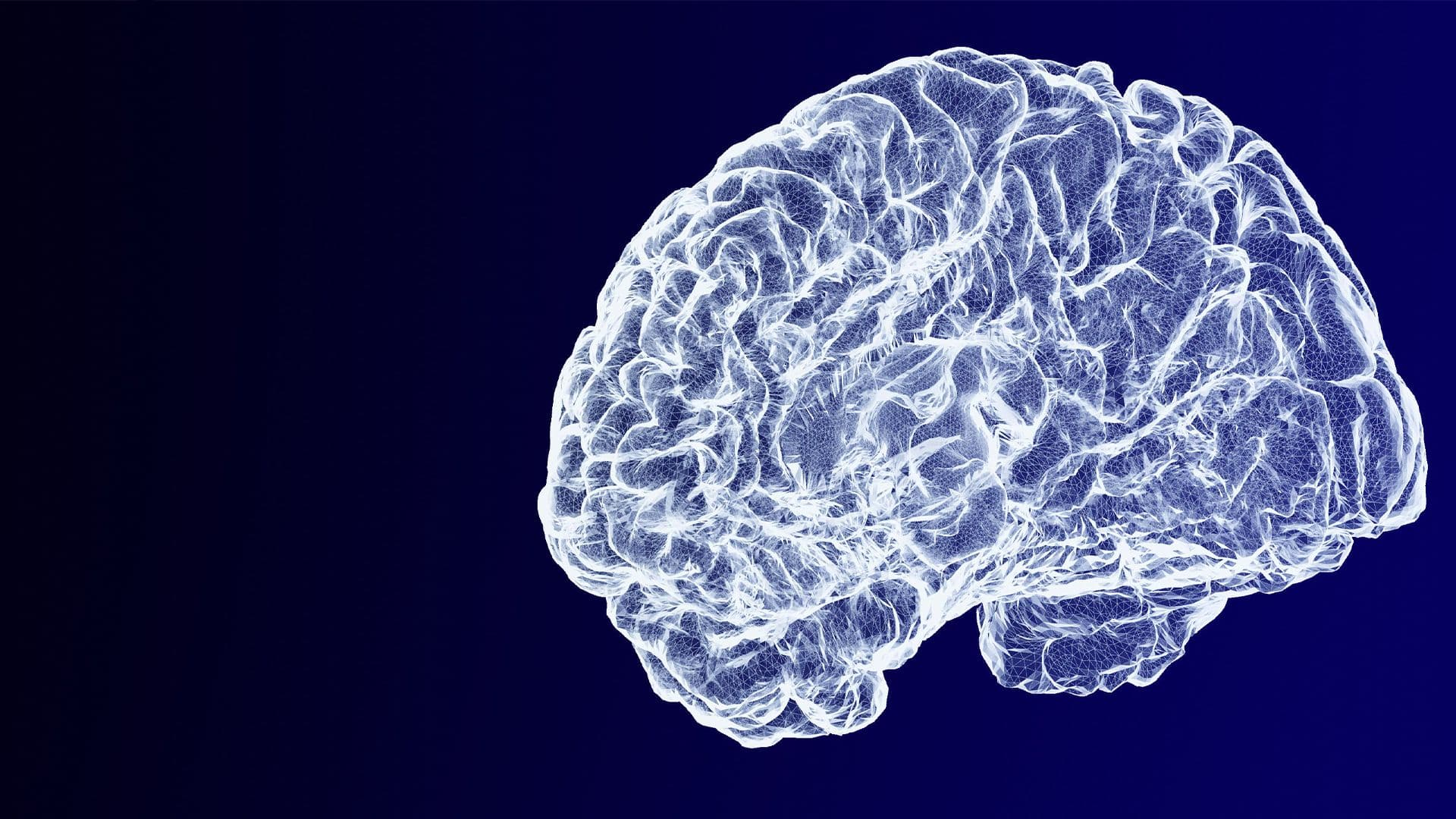One of the current living systematic reviews (LSRs) of the GALENOS project examines risk factors (e.g., cannabis use and poor sleep) related to cognitive issues (e.g., trouble remembering things) in people with psychosis.
When planning this LSR as a group of people with lived experience of mental health issues, researchers, and clinical academics, we found it difficult to have a clear list of evidence-based risk factors. To ensure that the review would include factors beyond the ones our group was already aware of or interested in, we carried out an evidence map to guide us.
An evidence map summarises the existing literature on a given topic, this allows people to have an overview of the research topic and to spot trends or gaps in the literature. Evidence maps are typically interactive and allow users to visually examine study characteristics. By providing open access to the evidence map data, it makes the research more accessible and allows people who may have limited access to research papers to gain insights into the contents of these papers.
We searched databases and selected studies based on a predetermined criterion; included studies should report on participants with schizophrenia spectrum disorders, measure cognition, and link at least one factor with cognition. We included 1393 studies in the evidence map and gathered data from each study on: participants, cognitive outcomes, and factors where the relationship between them and cognitive outcomes were measured. The map will be regularly updated to incorporate new studies and potential factors in this field.
Using an online systematic review software (EPPI-reviewer) we were able to create the evidence map and allow users to interact with the data. Users can select a factor they are interested in, such as quality of life, and view associated study or sample characteristics, such as study numbers by year which could show if a factor is becoming more or less popular to research. We are creating a user manual and video and plan to publish a manuscript to describe the process of creating the map.
We were also able to use the data to have a prioritisation setting exercise with 68 people (people with lived experience of psychosis, academics, and clinicians). We created an overview of the findings and grouped factors into categories (e.g., merging cannabis and alcohol use into a substance use category). We then asked people to select the category that we should examine in the LSR through an online survey. People prioritised the physical health category with a focus on cardiometabolic factors. For this reason, the LSR is examining the association between cardiometabolic factors and cognition in people with psychosis. We plan to publish a manuscript to describe this process and to show the results of what people thought was important to research.
The evidence map allowed us to create a catalogue of the research in this field and to have more engaged and large scale public involvement by carrying out the prioritisation exercise. Thank you to everyone who was involved in creating the map and to those who completed the prioritisation survey and helped set the topic for the LSR.
Take a look at our evidence map.
